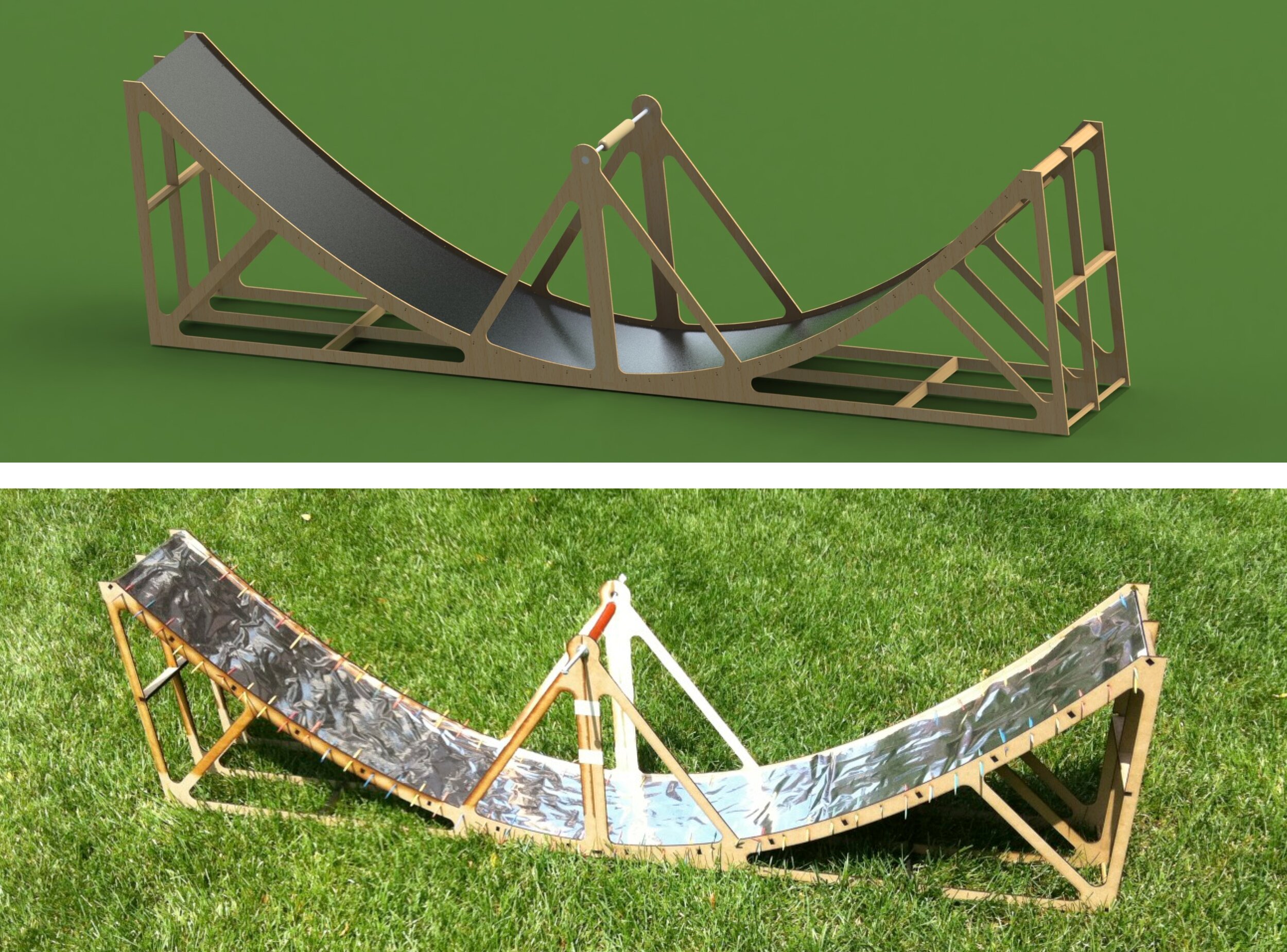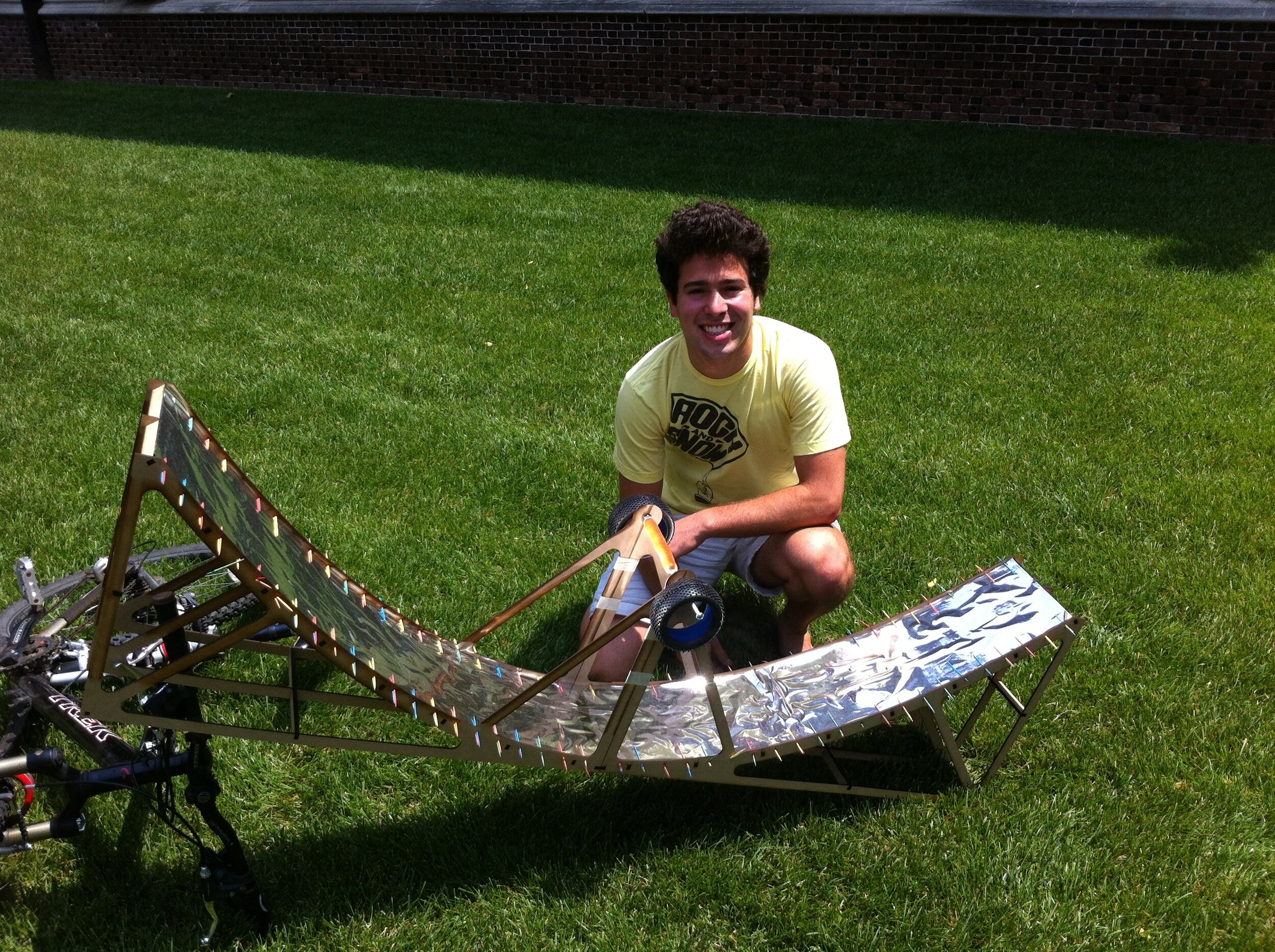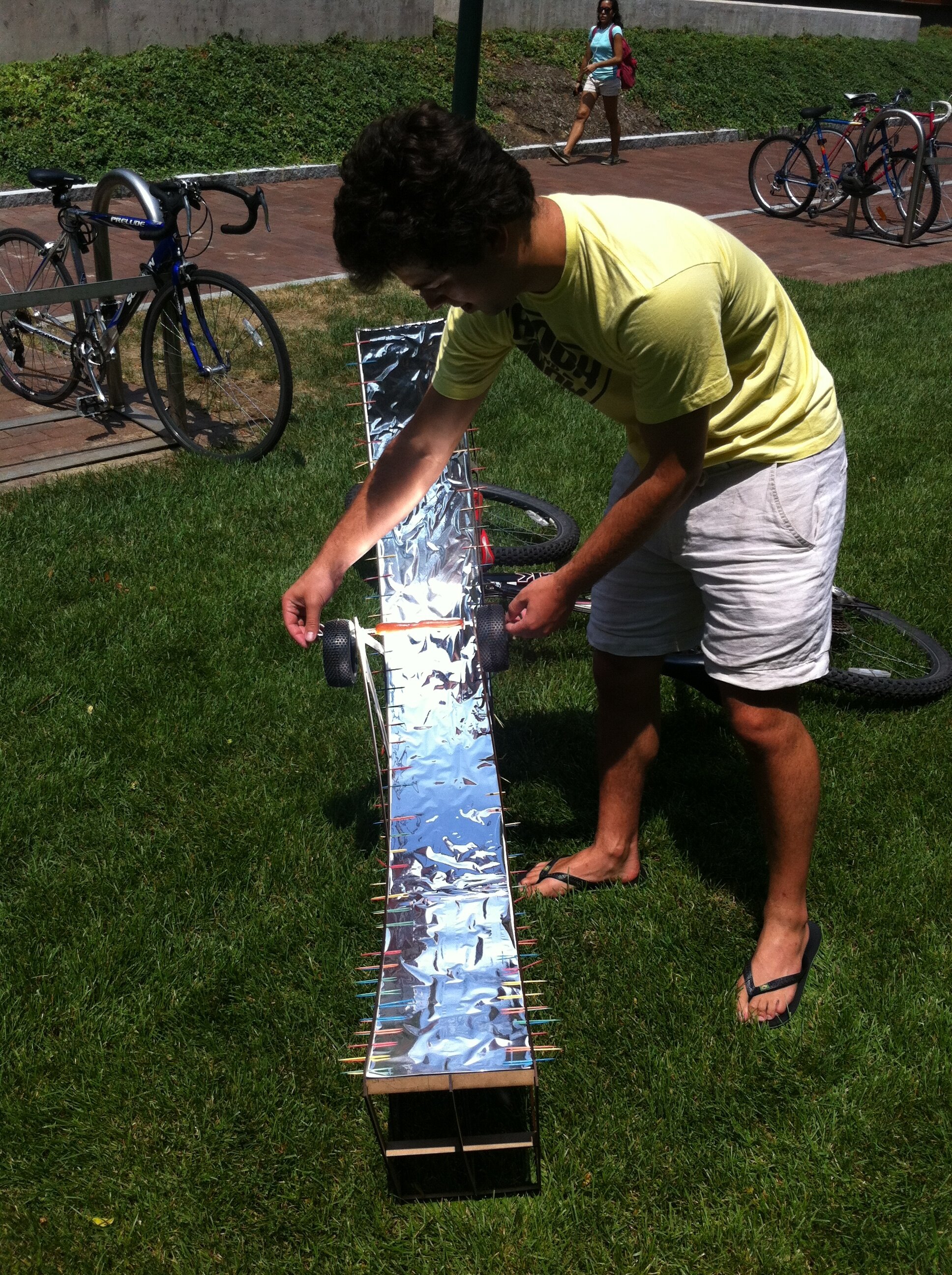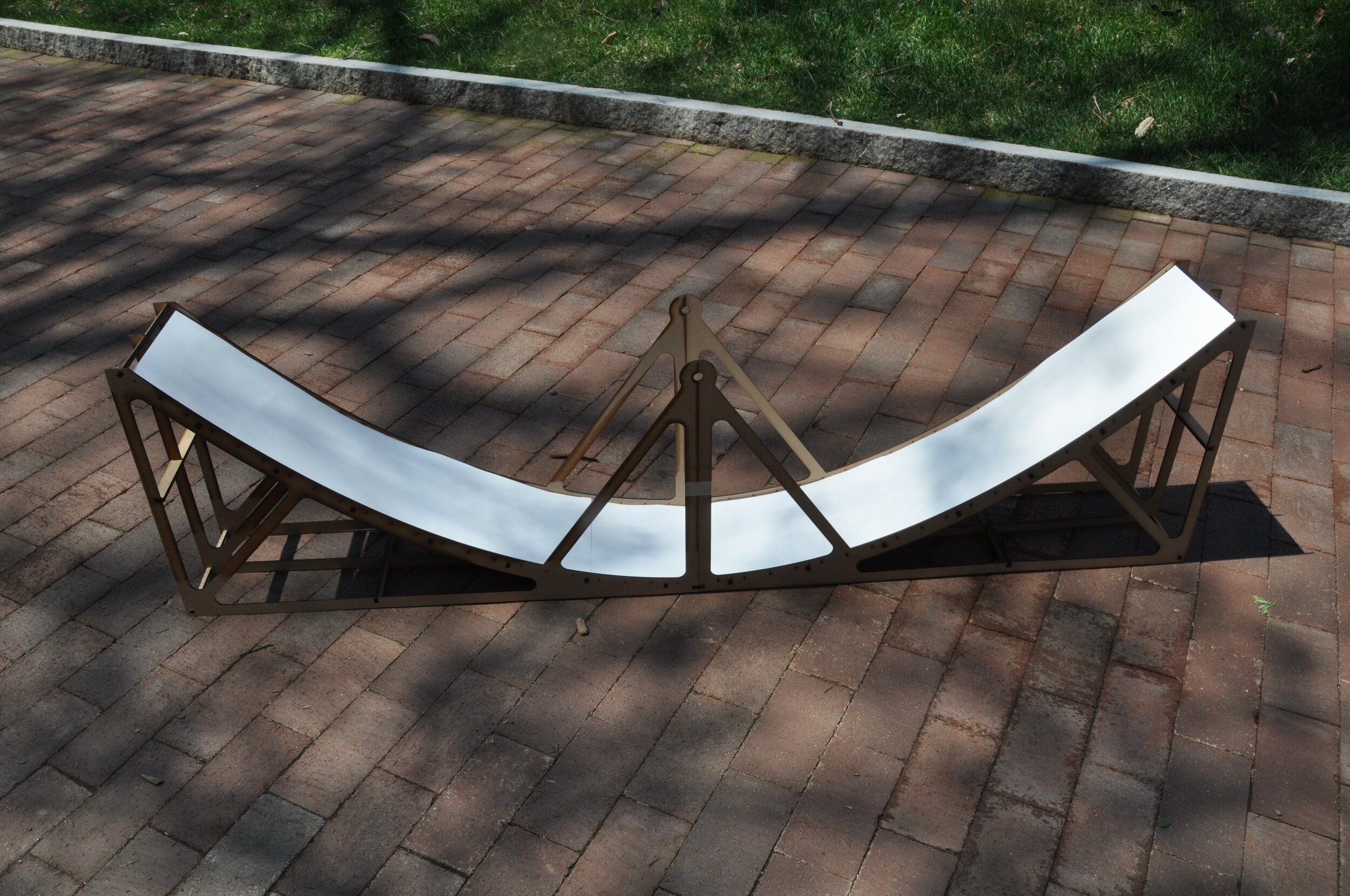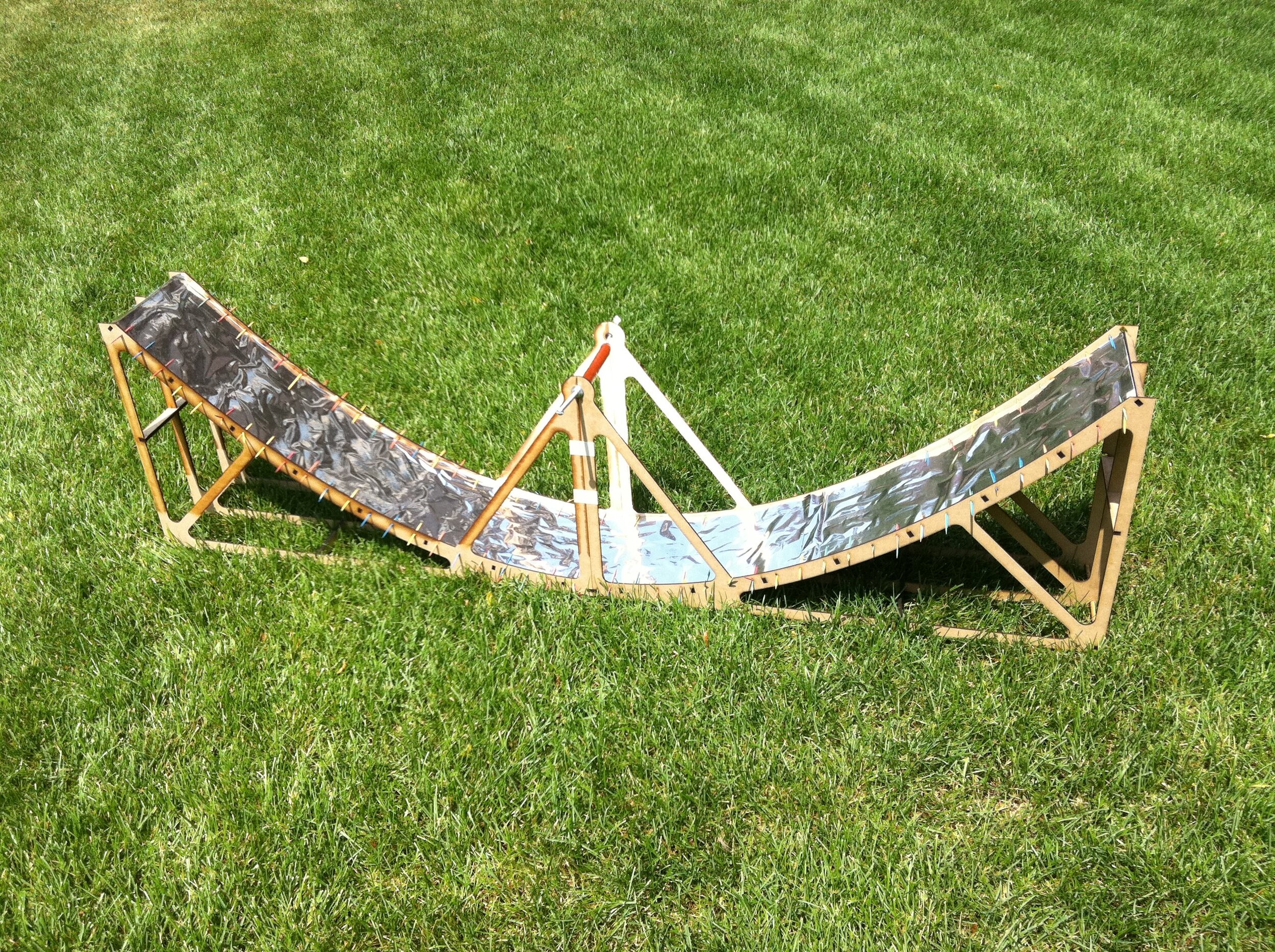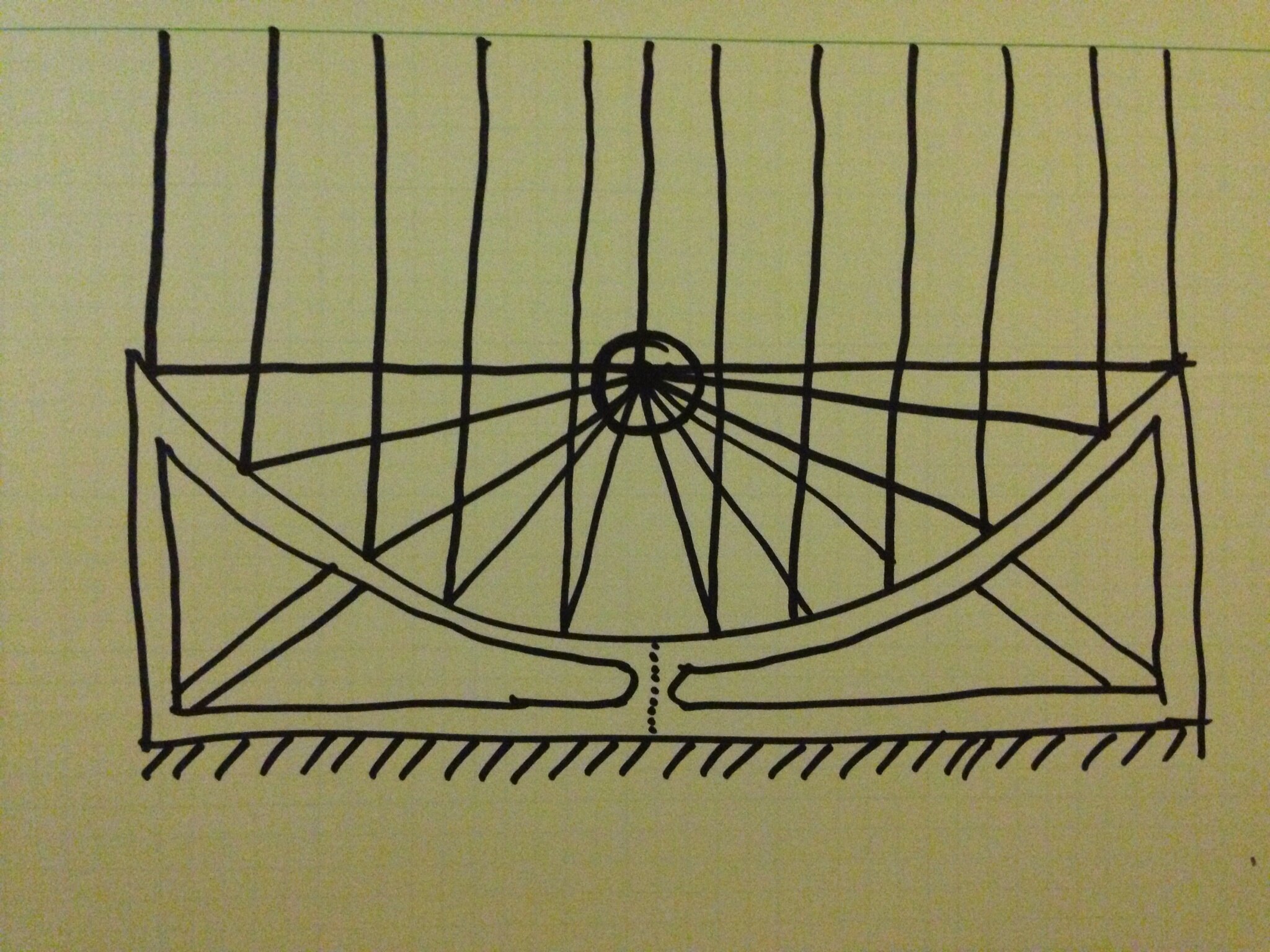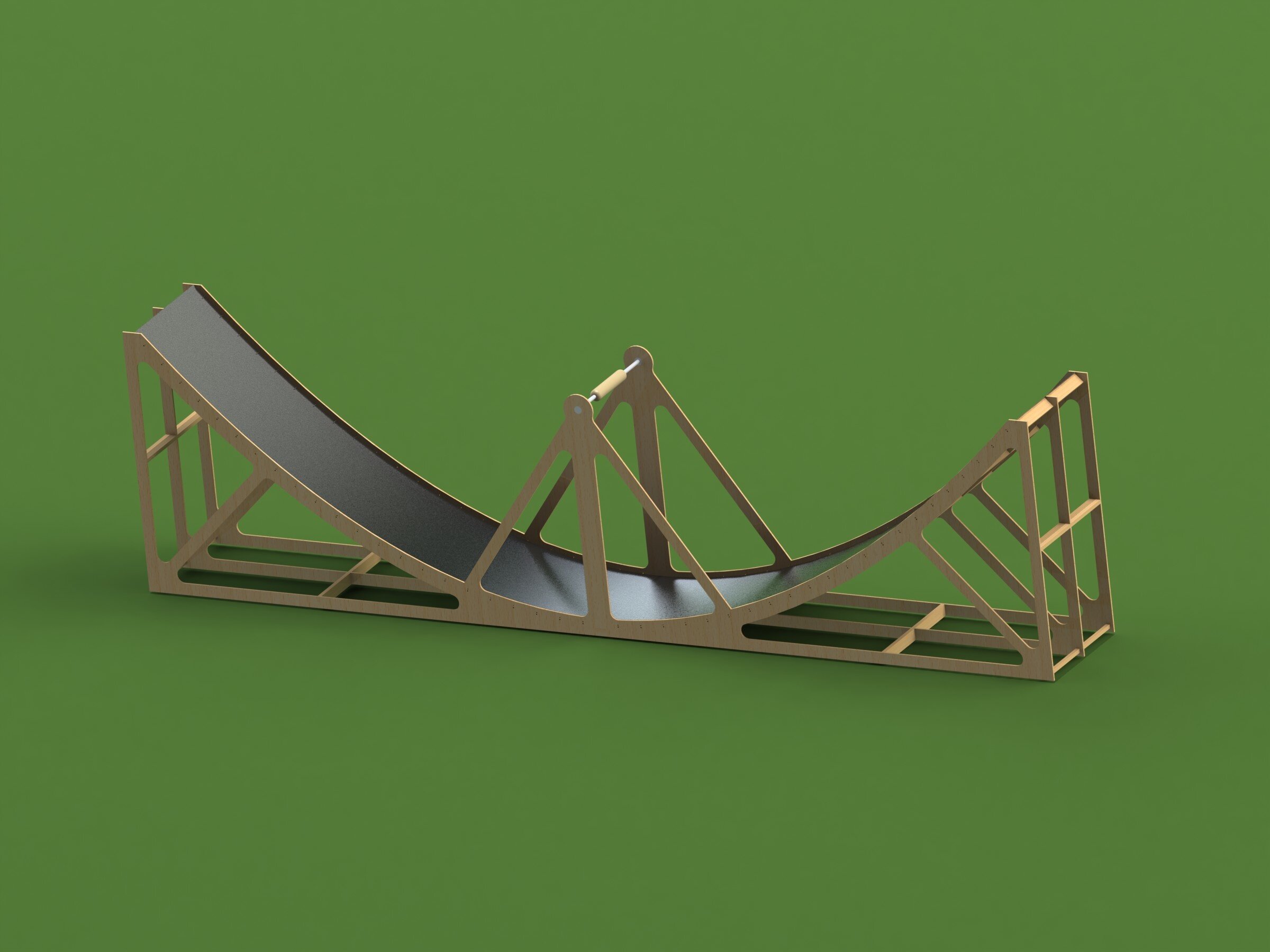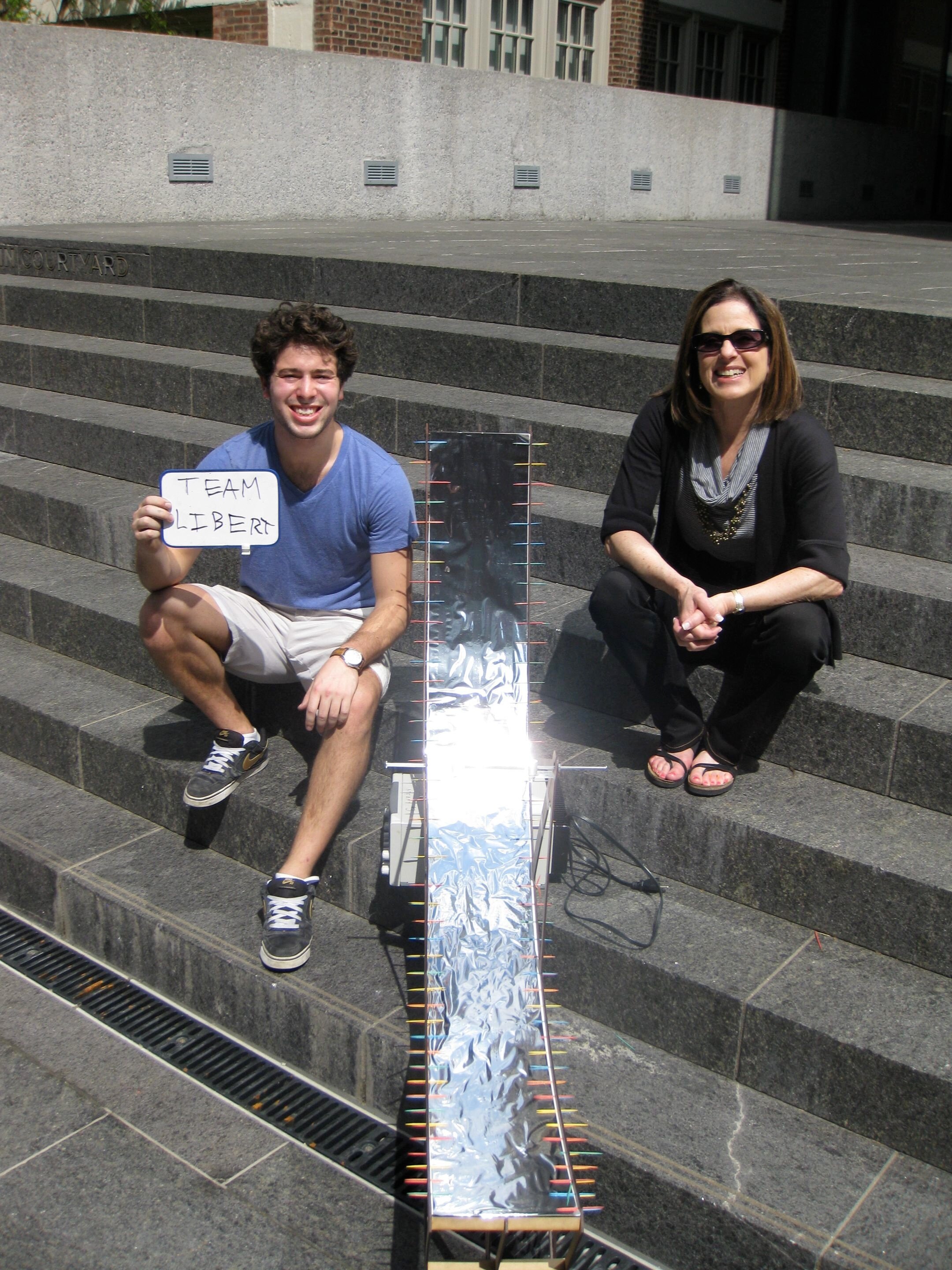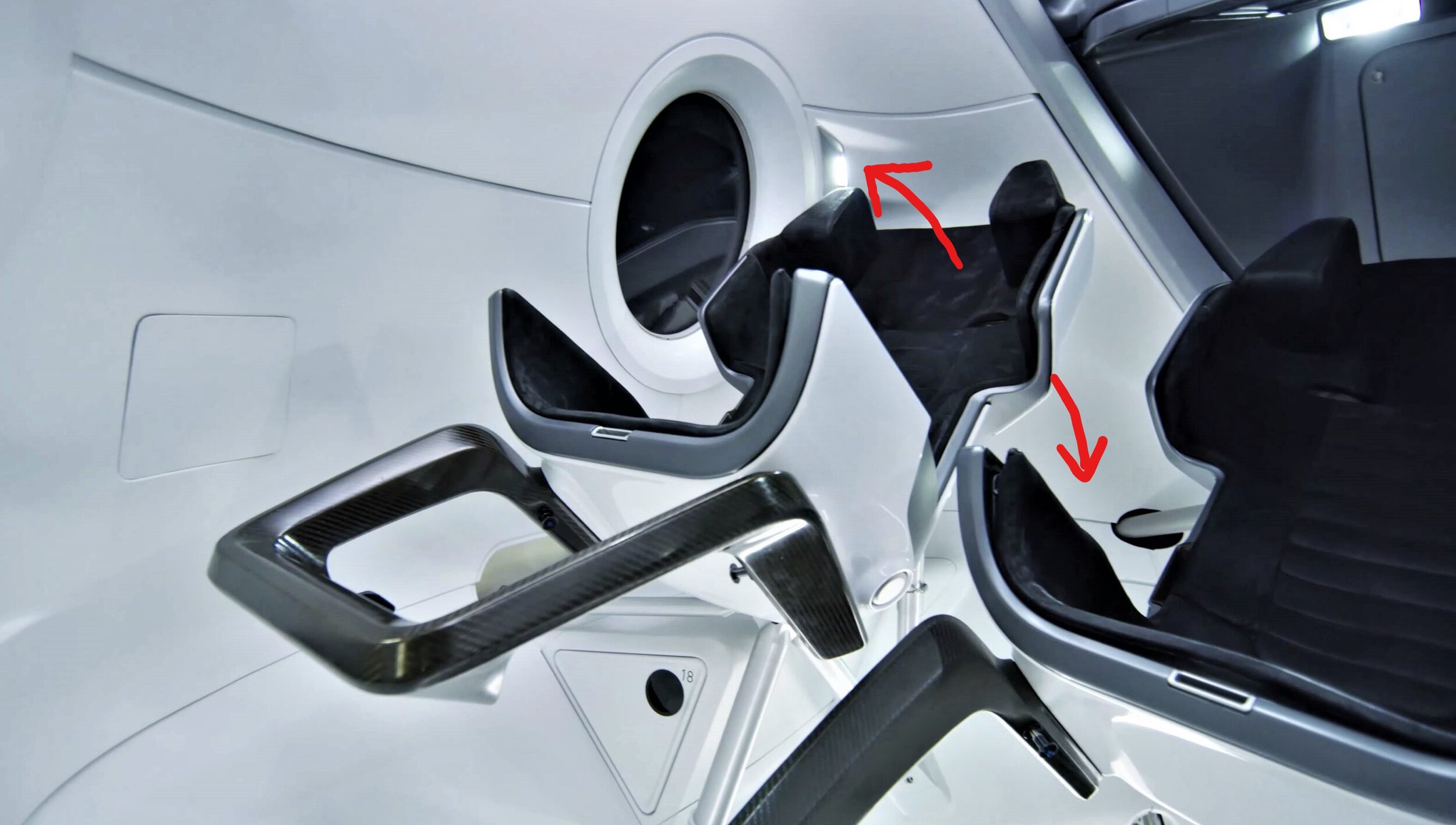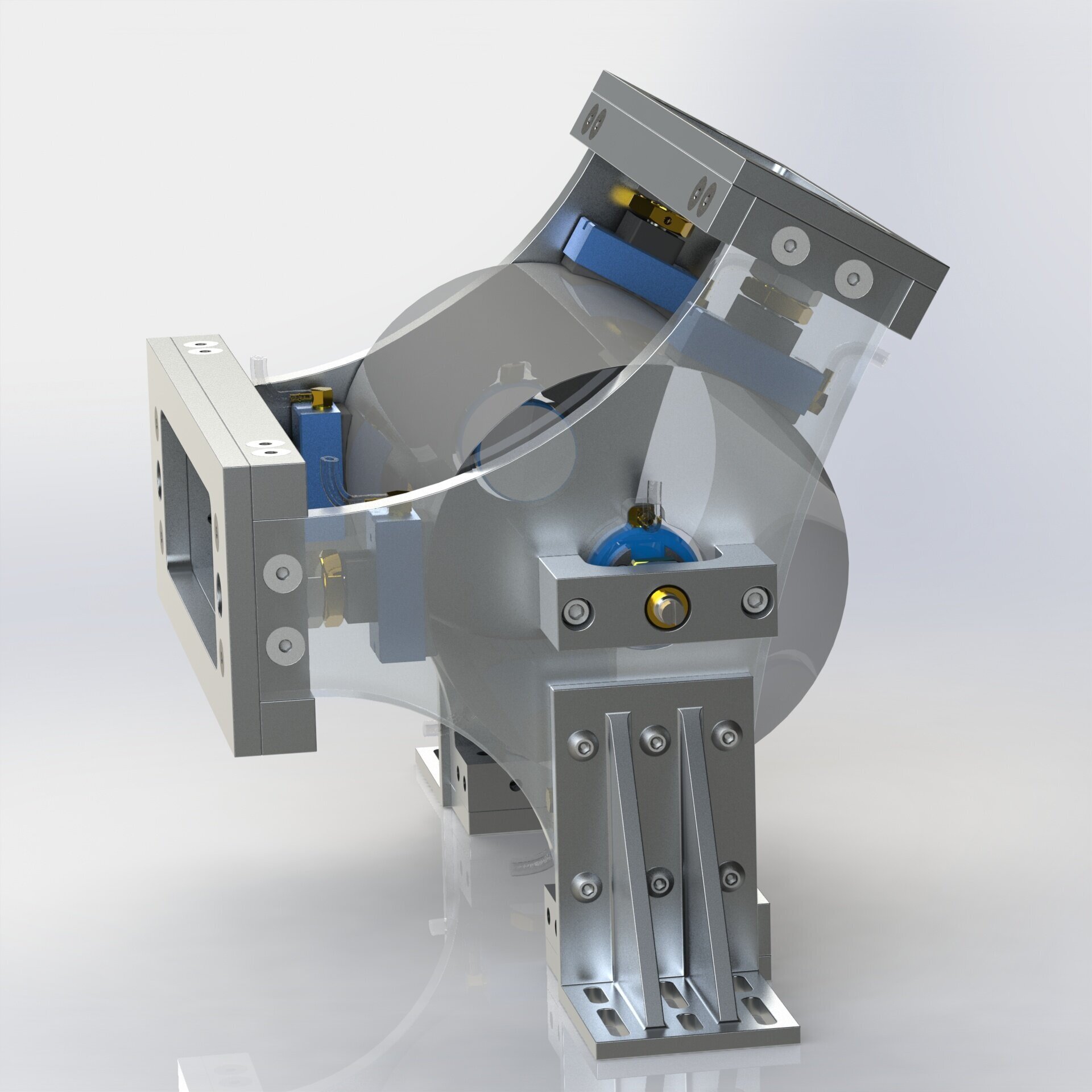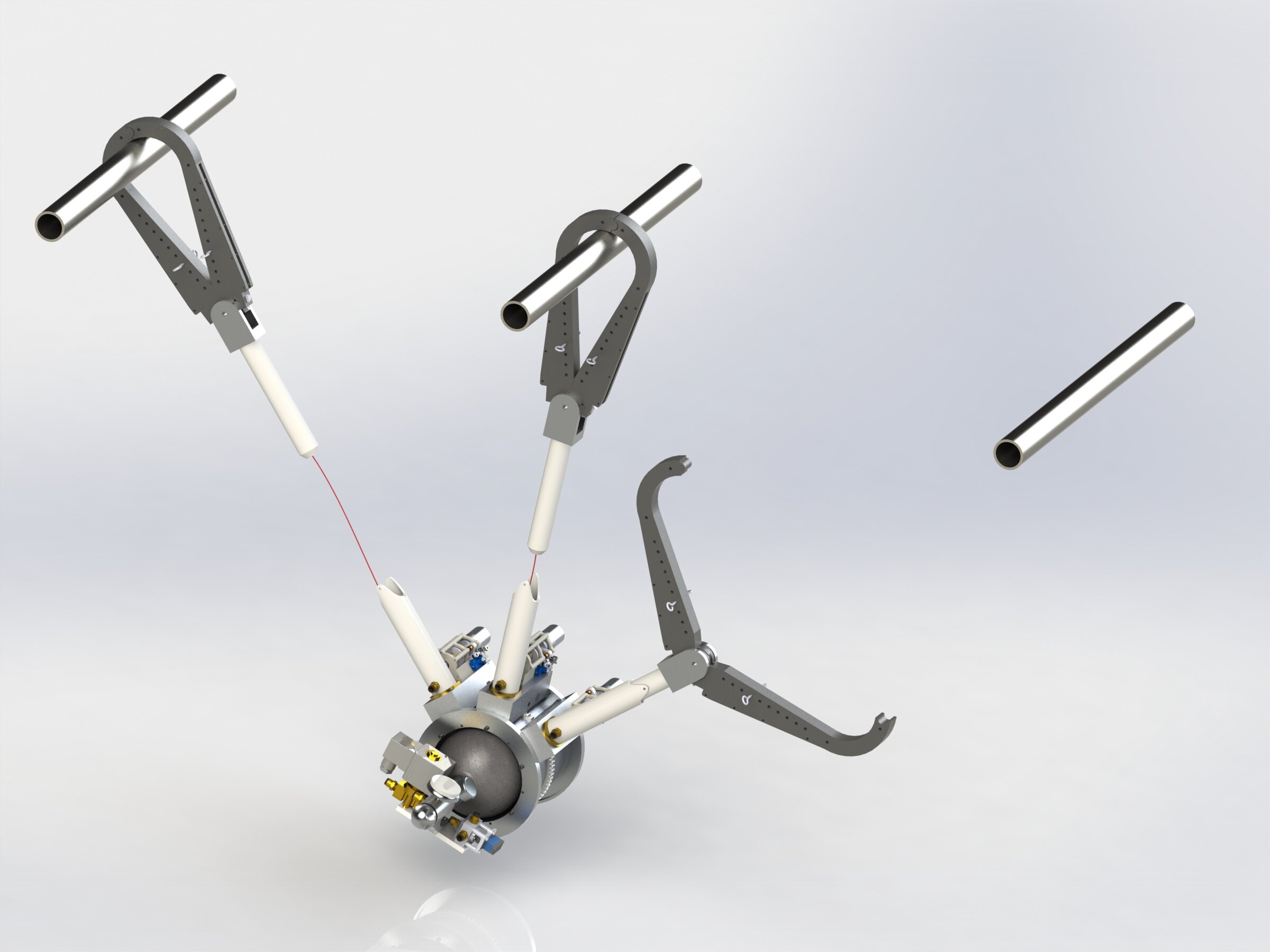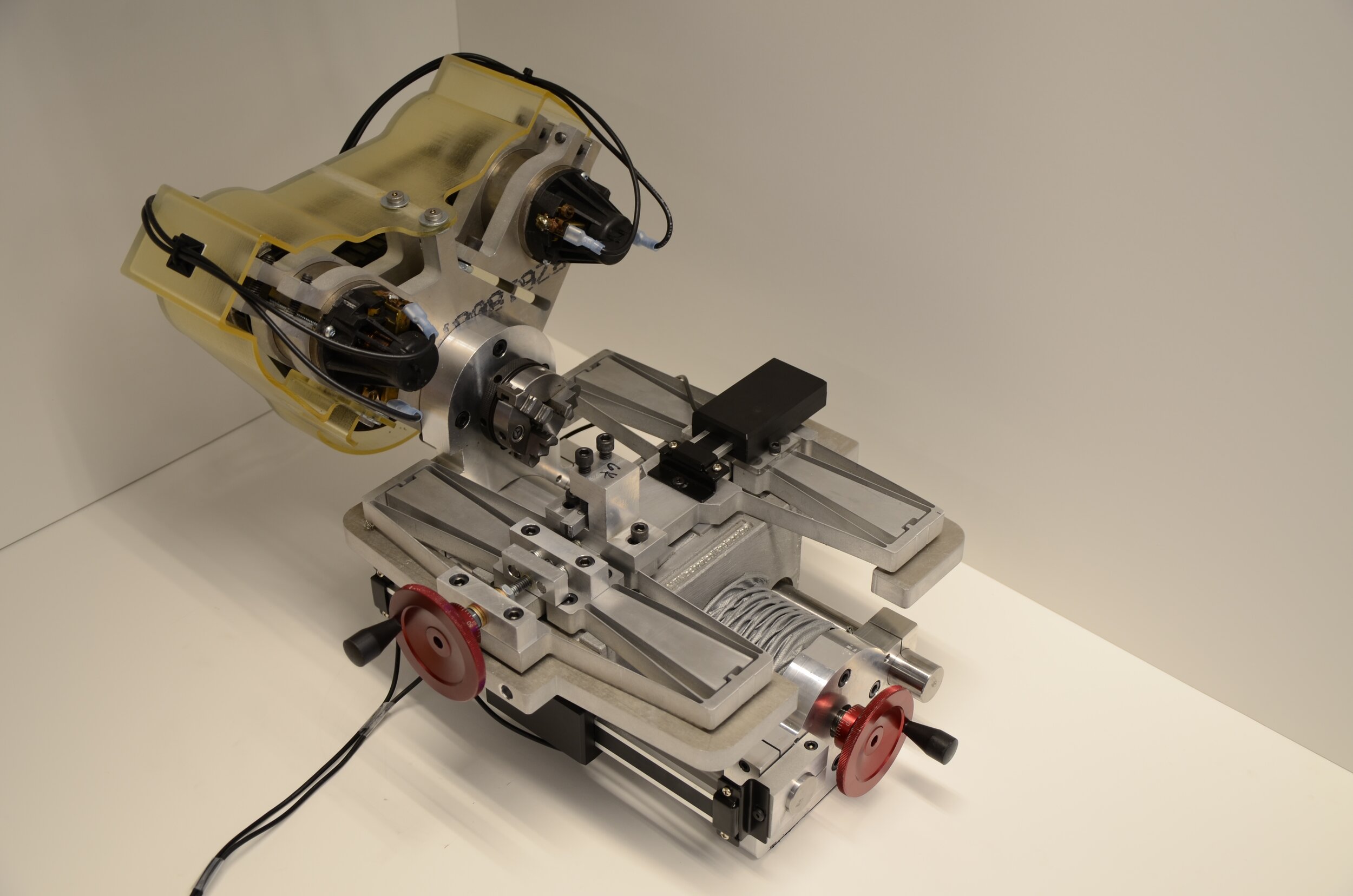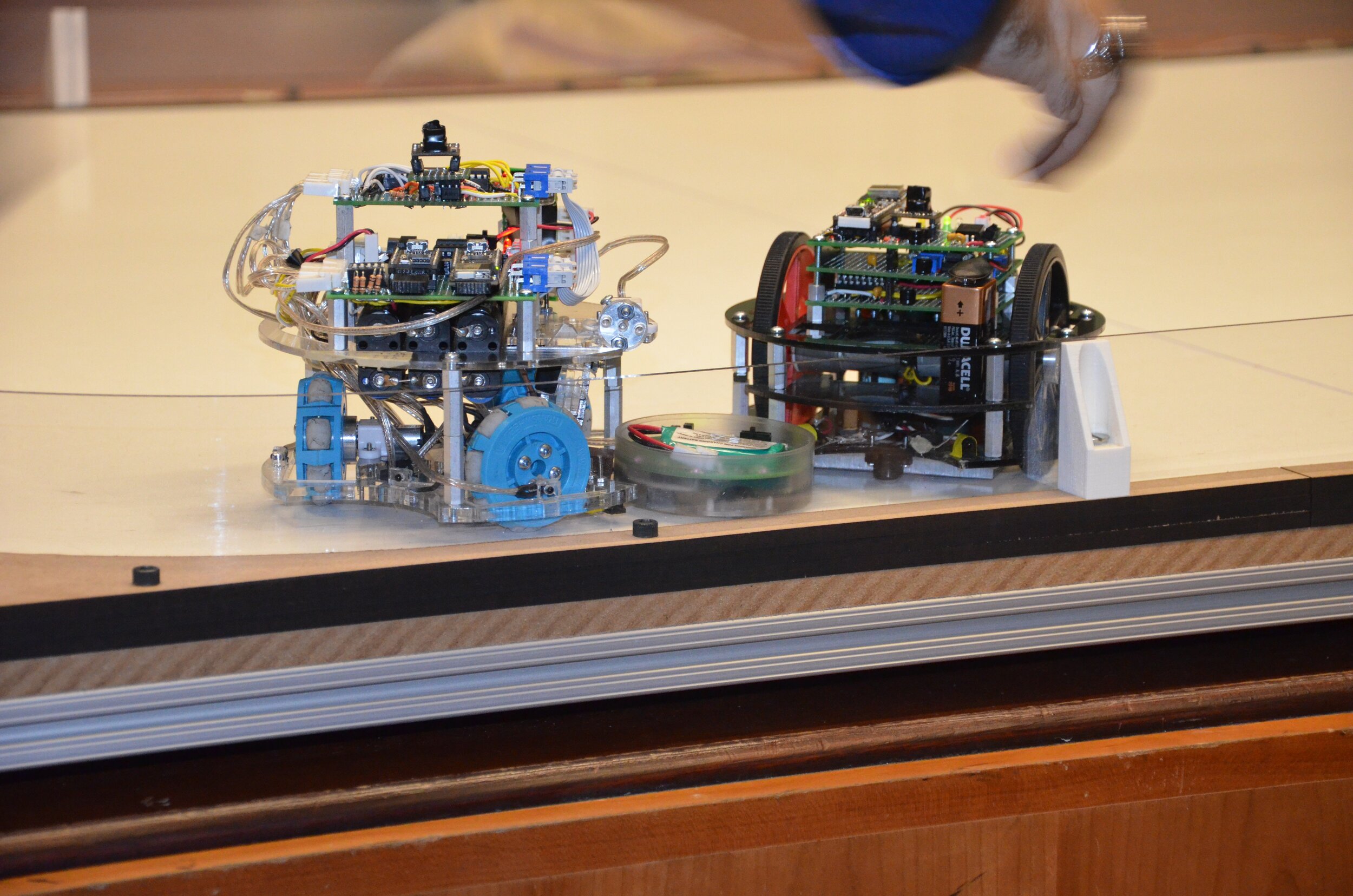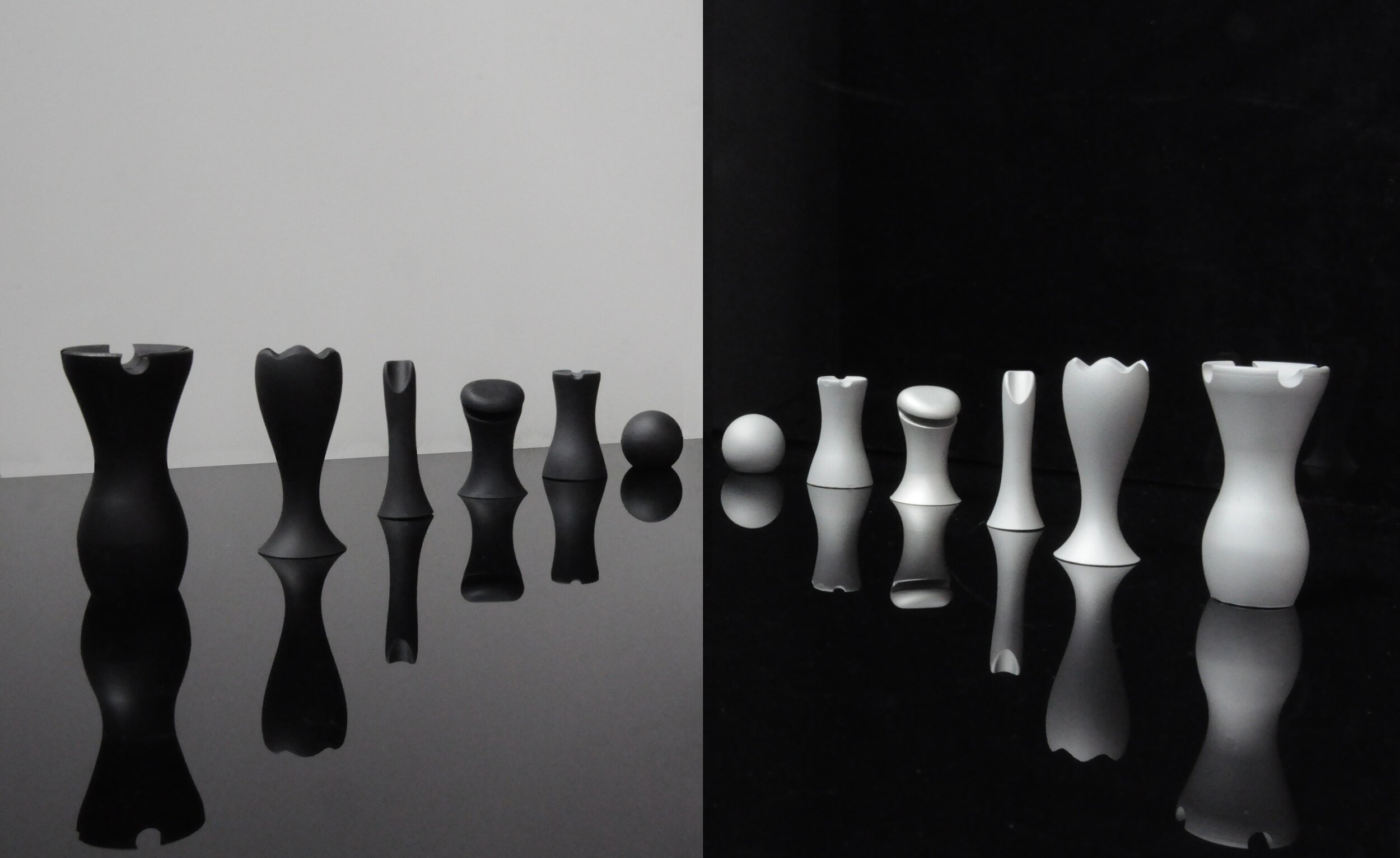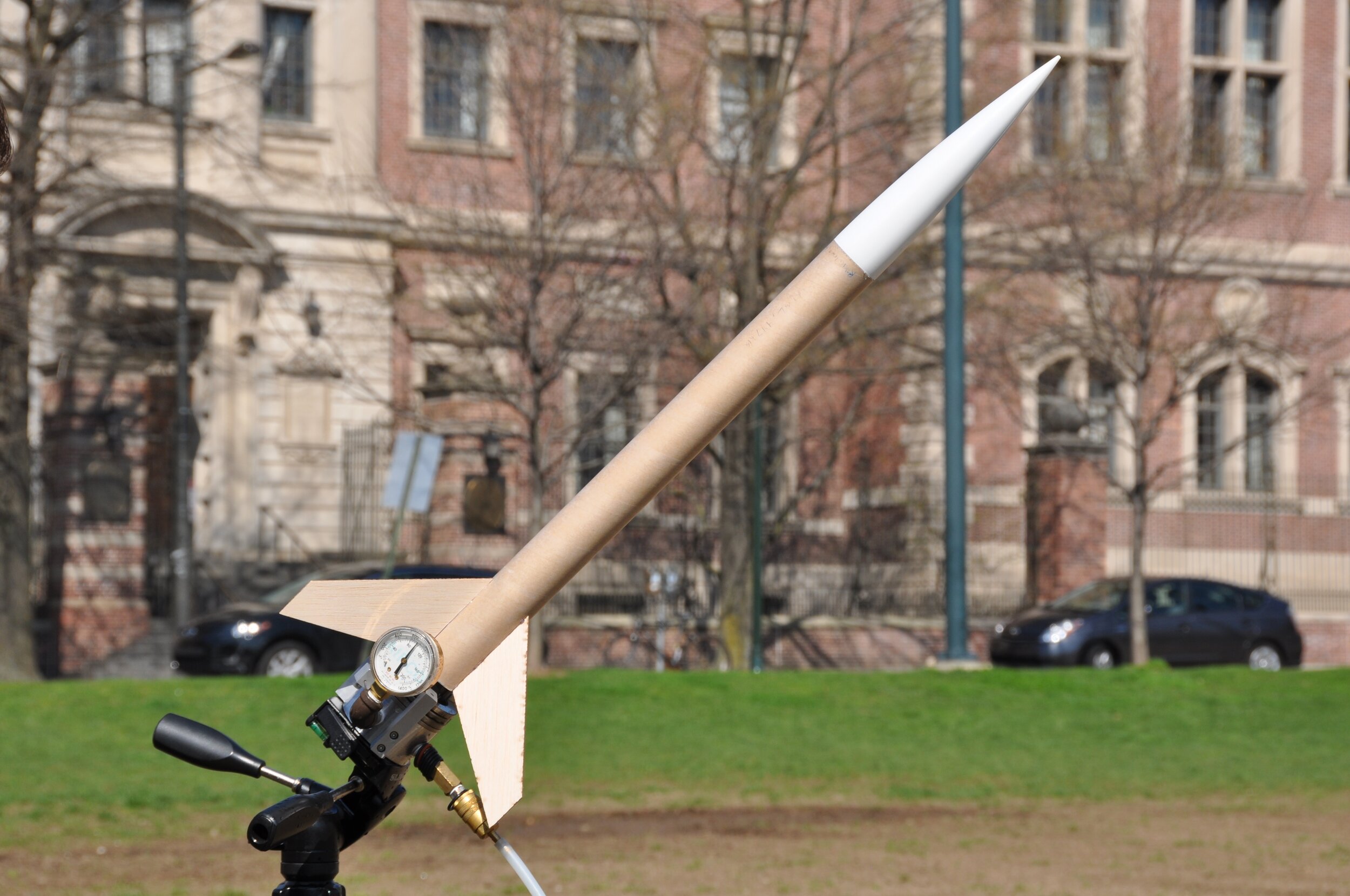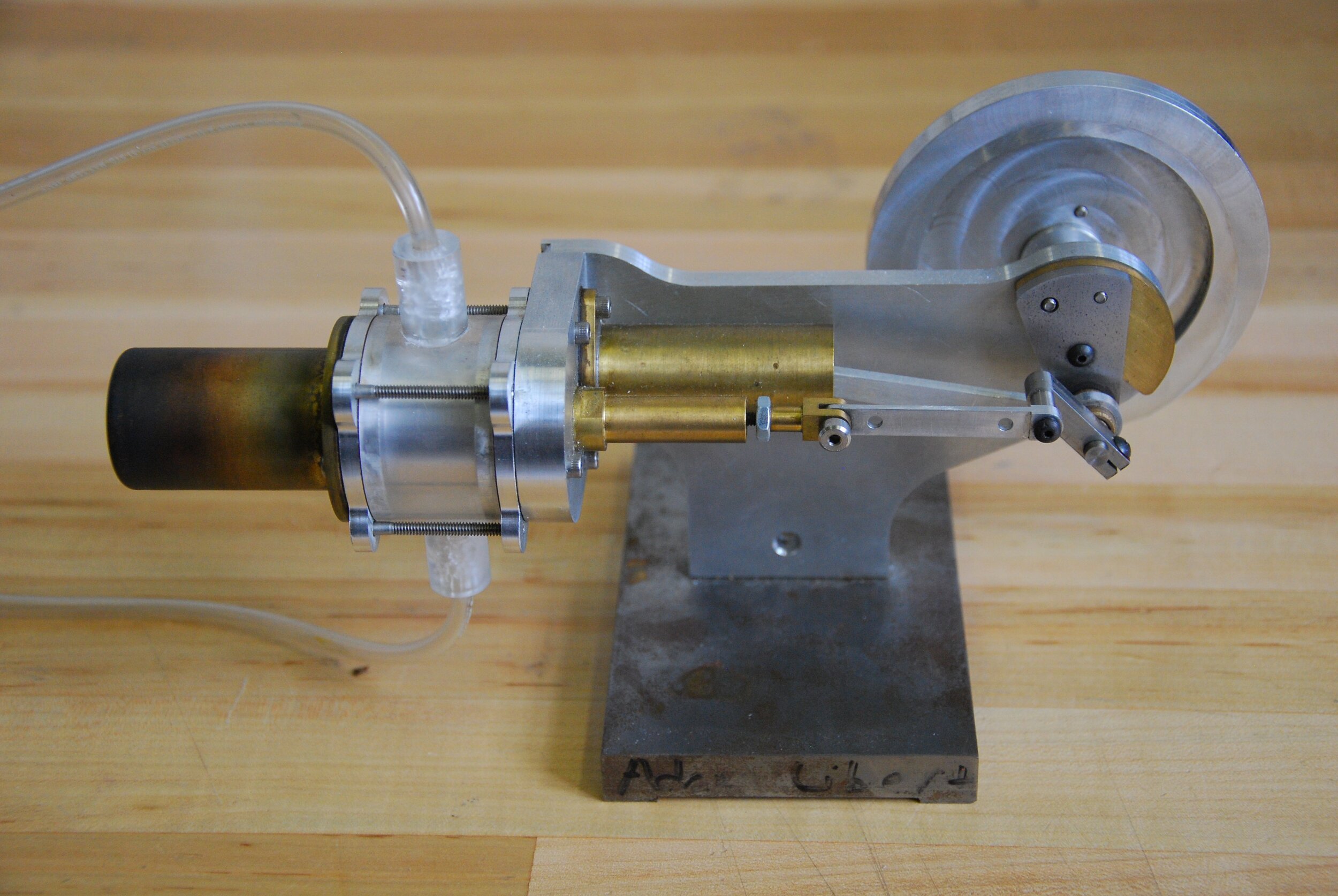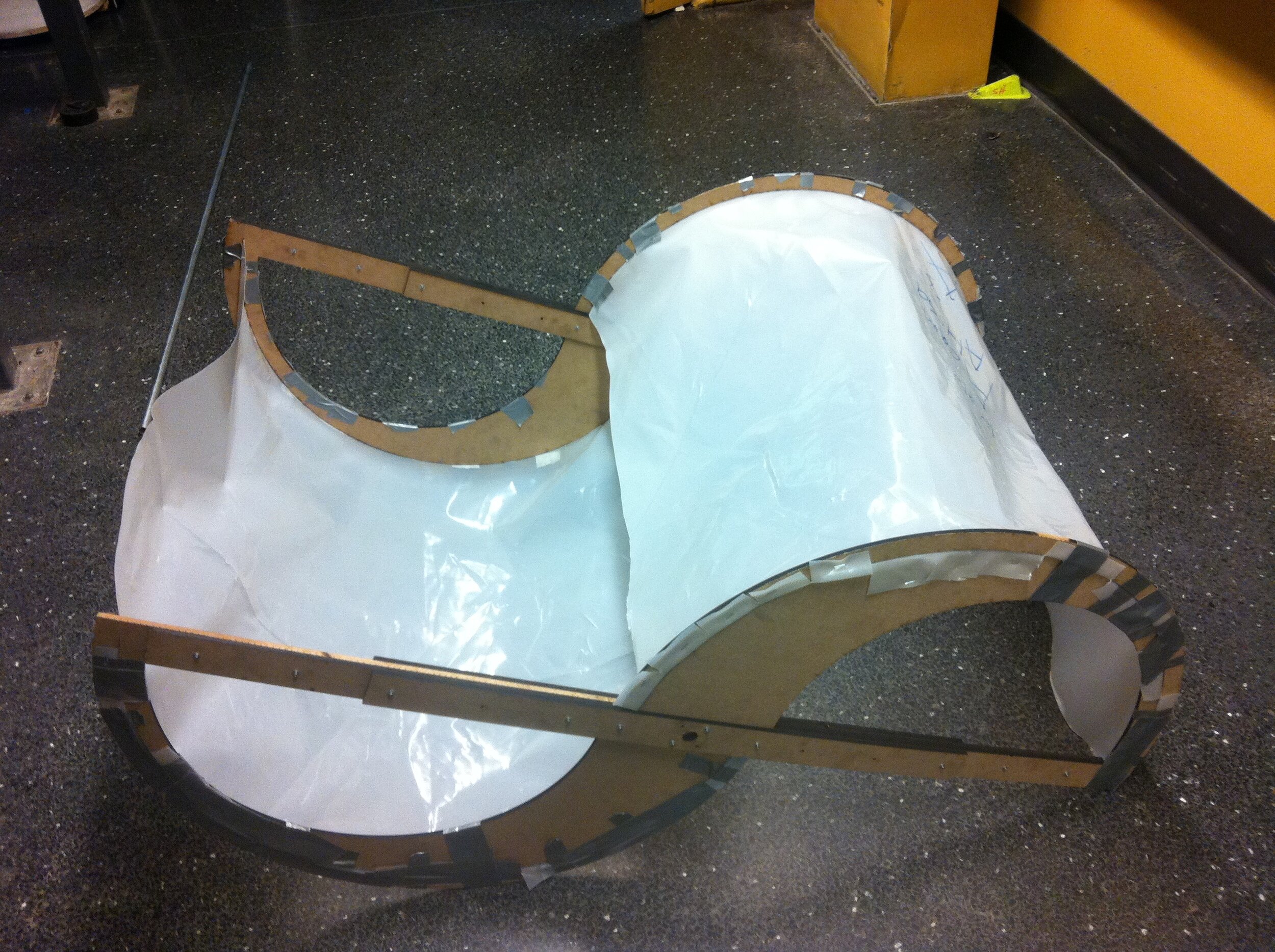Solar hot dog cooker
Heat Transfer Lab – University of Pennsylvania (2011)
Objective:
For this lab, the objective was to create a device that would use solar radiation to accomplish a task.
Project Details:
I had seen solar hot dog cookers on the Internet before, but I had always wanted to make one for myself. As well, I wanted to explore another aspect of engineering design in tandem with the class requirements. While most of the solar hot dog cookers I had seen were made from sturdy constructions of plywood and lumber, I was determined to create one from inexpensive materials that could be easily assembled, taken apart, and flat packed, similar to the brilliantly economical design that Ikea uses for its flat-packed furniture. I also imagined that this sort of design exercise would be useful for products aimed at the developing world. I made the parabolic dish from 1/8” thick laser-cut MDF boards, poster paper, tin foil, and toothpicks. Altogether the cooker cost less than $5 in materials, could stack neatly to be hidden away, and could be reassembled in minutes without having to refer to any confusing Ikea-like directions. The cooker was designed to focus one fifth of a square meter of sunlight at the hot dog, and after considering all the potential losses, this came out to be about 10 watts of net heat flux.
Results:
The cooker was able to heat the hot dog to 150º F within 10 minutes time, which was surprisingly close to what the calculations predicted for how imperfect the tin-foil reflector was. As well, the hot dog tasted much better than usual, but that’s probably because I had worked so hard for it.

